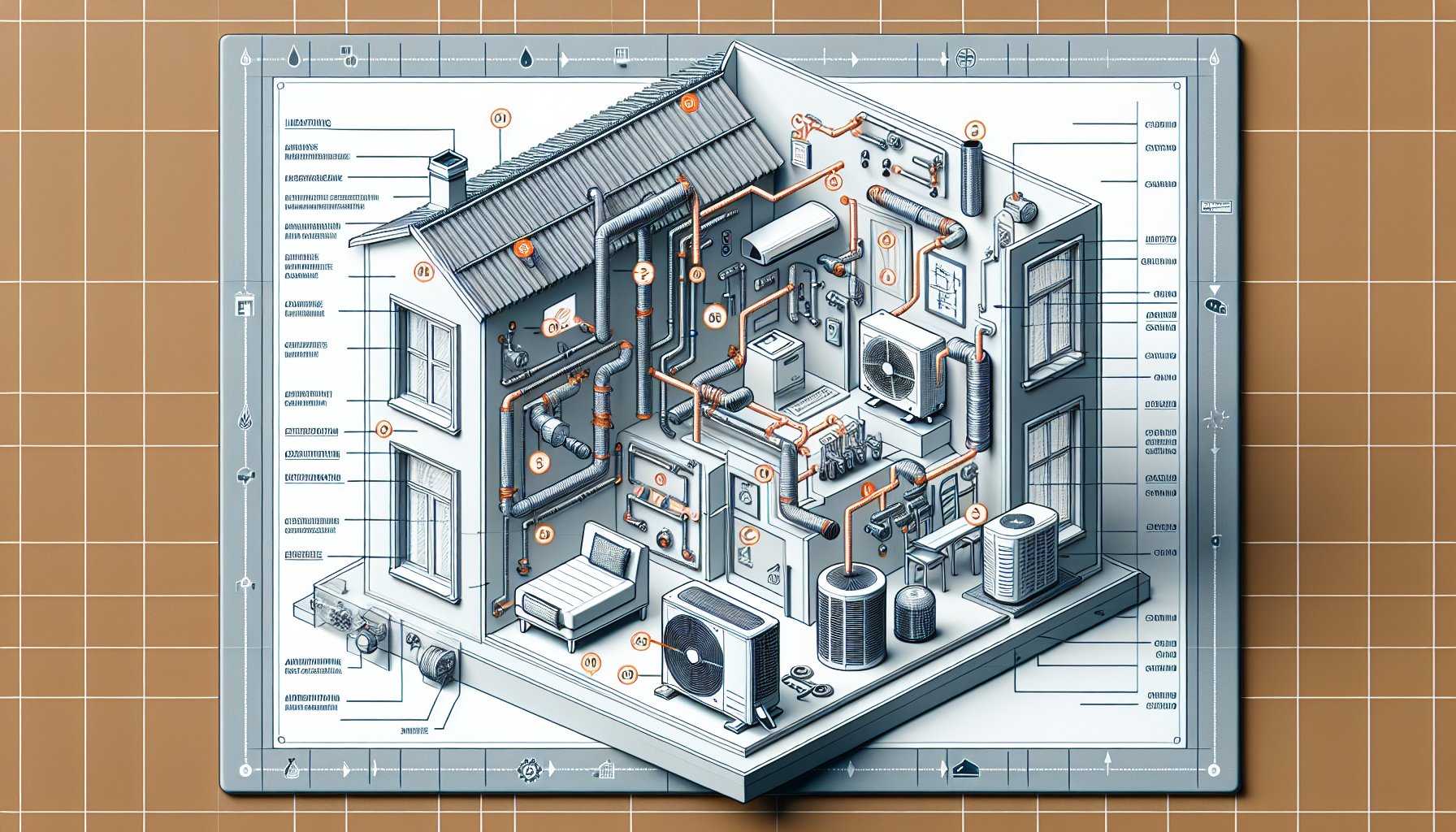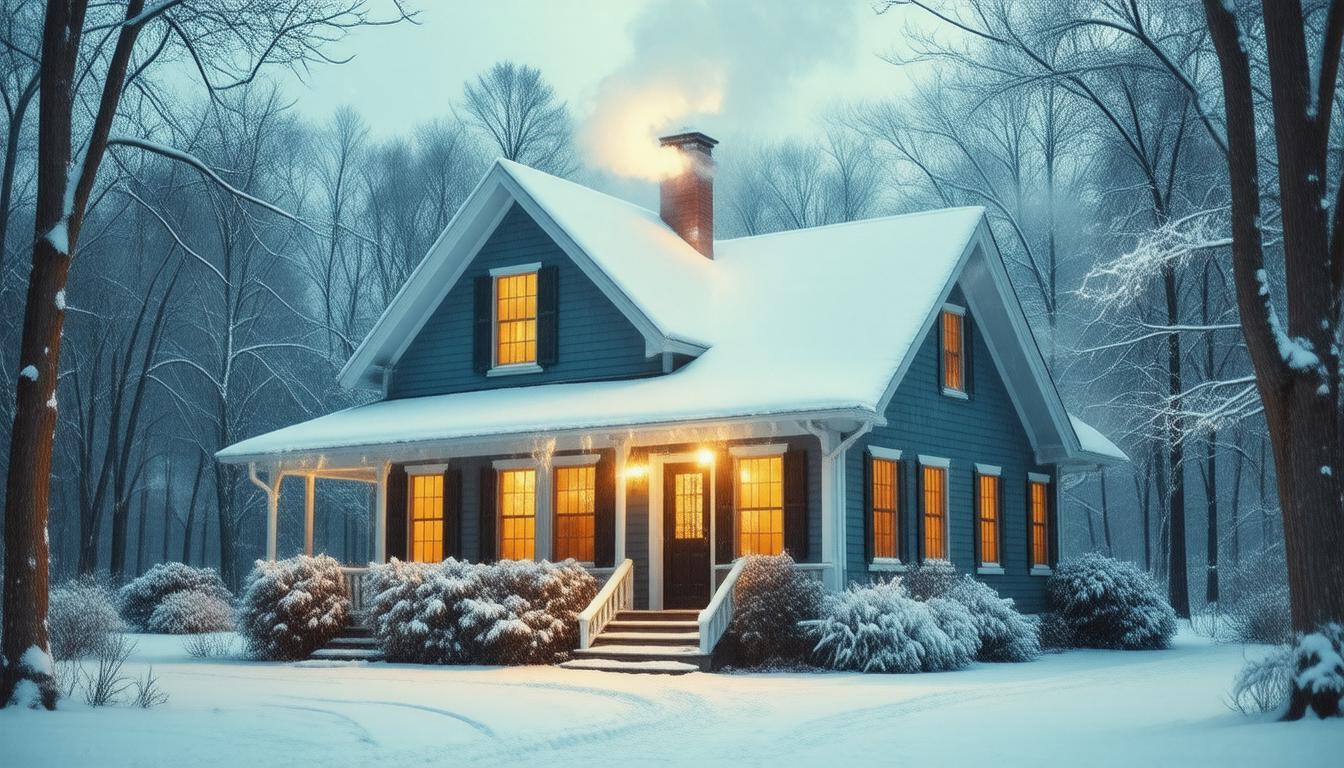
HVAC stands for Heating, Ventilation, and Air Conditioning, and it encompasses the various systems used to move air between indoor and outdoor areas, along with heating and cooling residential and commercial buildings. HVAC systems are essential for ensuring comfort in homes and workplaces, providing a regulated climate regardless of outdoor weather conditions. Understanding HVAC systems can help homeowners and building managers maintain efficient, cost-effective, and healthy environments.
The Components of HVAC SystemsThree primary components make up most HVAC systems: heating, ventilation, and air conditioning units. The heating element is typically a furnace or a heat pump that provides warmth, utilizing fuels such as gas, oil, or electricity to generate heat. The ventilation aspect involves the exchange of indoor air with outdoor air, ensuring good air quality and moisture levels. The air conditioning component is responsible for removing heat and moisture from indoor air to cool it down.
[LIST]
[*]Thermostats: Thermostats control the temperature by signaling the HVAC system to turn on and off as needed.
[*]Ducts: Ductwork is responsible for transporting warm or cool air throughout the building.
[*]Filters: Air filters remove dust, pollen, and other pollutants to improve indoor air quality.
[*]Vents: Vents allow the conditioned air to be delivered into each room.
[/LIST]
HVAC systems function by transferring air in and out of buildings and by moving heat either away from or into the indoor space. During hot weather, the air conditioning system removes heat from the interior of the building and releases it outside. This is often achieved through a refrigeration cycle involving a compressor, refrigerant, condenser, and evaporator coil. Conversely, when it’s cold, the heating system produces warmth, often by burning fuel or using electricity in a heat pump, and distributes it throughout the building.
Ventilation is integral to both processes, as fresh air must be brought in and stale air expelled to maintain a healthy air balance. This can be achieved through natural means, like windows and vents, or mechanically through fans and duct systems.
Types of HVAC SystemsThere are several types of HVAC systems, each suited to different needs and building types:
[LIST]
[*]Split systems: The most common type, where the system is split between an indoor unit for heating and an outdoor unit for cooling.
[*]Hybrid systems: These systems use a heat pump for both heating and cooling, switching to natural gas when it gets too cold.
[*]Duct-free systems: Ideal for additions to houses where extending the existing ductwork is not feasible.
[*]Packaged heating and air systems: These contain all components in a single unit, which is often located outside the building.
[/LIST]
Regular maintenance is vital to ensure that an HVAC system is running efficiently and effectively. Basic maintenance tasks include:
[LIST]
[*]Changing the air filters regularly to ensure effective air flow and reduce strain on the system.
[*]Cleaning ducts and vents to prevent blockages and maintain air quality.
[*]Scheduling professional check-ups at least once a year to catch any issues early and keep the system in optimal condition.
[*]Ensuring the exterior components of the system are clear of debris and have adequate airflow.
[/LIST]
Understanding your home or building’s HVAC system can lead to better maintenance, reduced energy costs, and a more comfortable living or working environment. By knowing the basics of how these systems work, the types available, and the maintenance they require, you will be better equipped to make informed decisions about your HVAC needs and upkeep. Whether you are a homeowner, tenant, or facility manager, a basic grasp of HVAC principles and components can have a significant positive impact on your indoor comfort and health.







